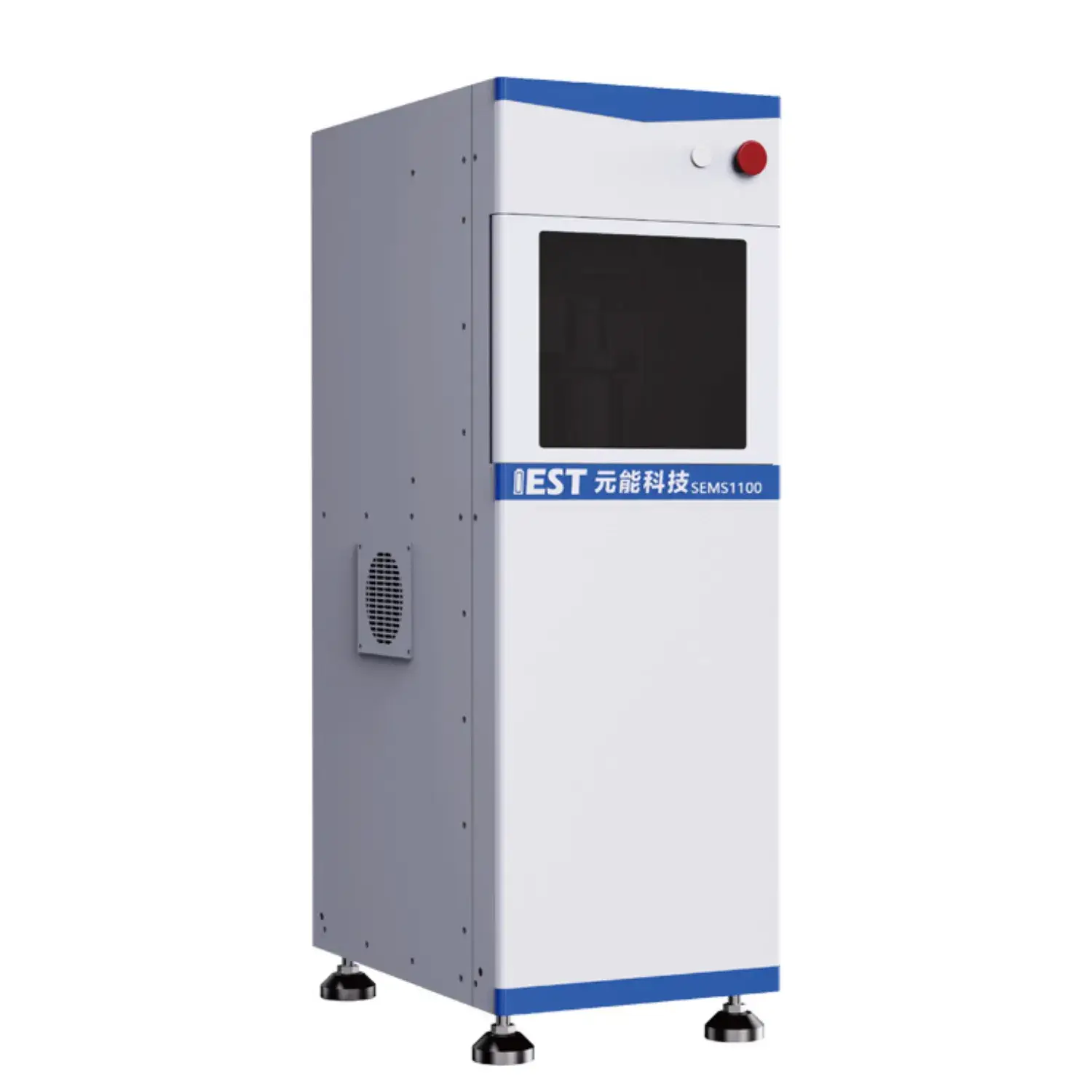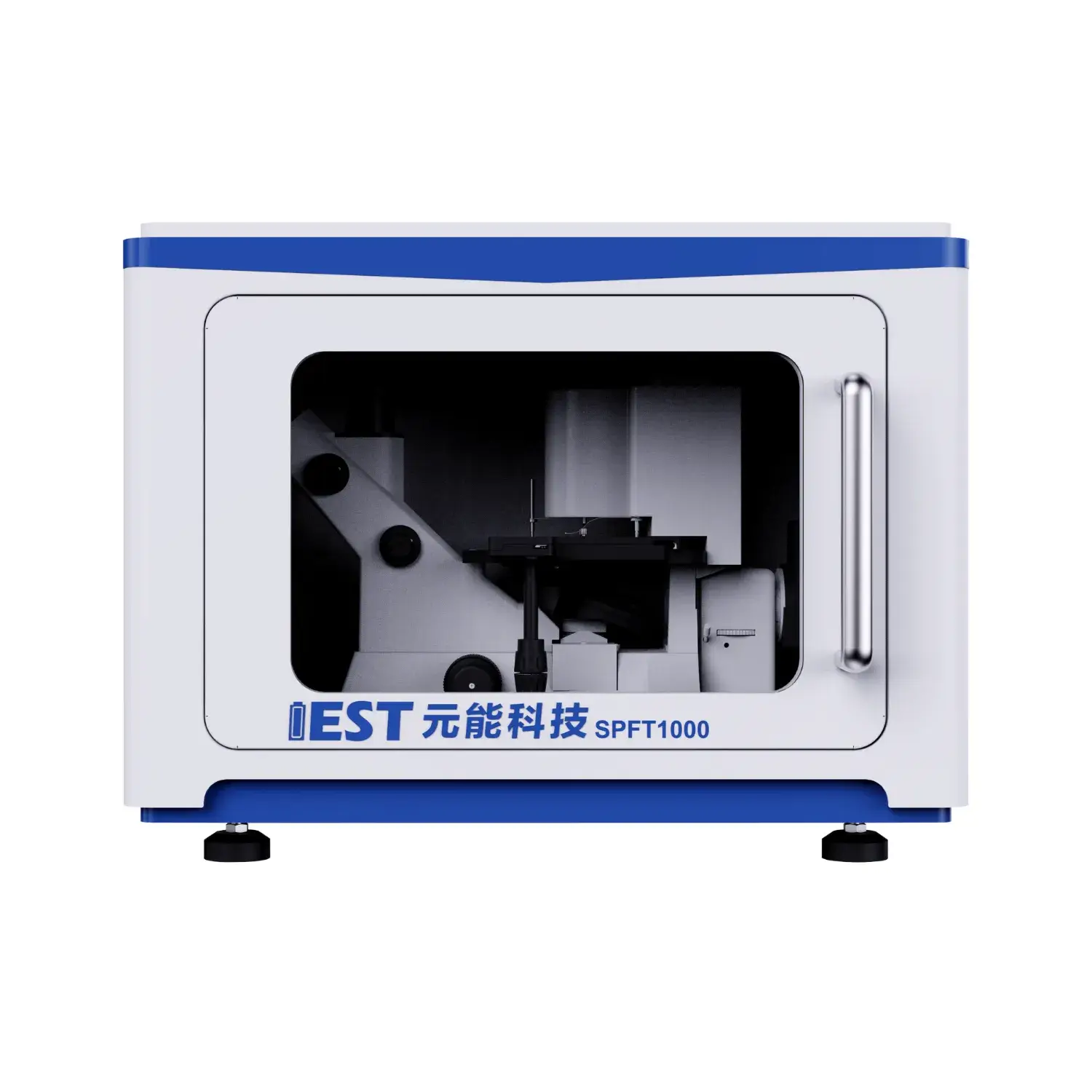Field replaceable cables soh estimation implementation support

Impedance-based diagnostics assess battery performance in lithium cells, notably when temperature varies. Leveraging analyzing the impedance response of the battery across a spectrum of frequencies, valuable insights can be determined regarding the internal resistance, charge transfer kinetics, and overall reliability of the lithium-ion battery system. To be specific, EIS testing can help to quantify the impact on temperature fluctuations on key indicators such as electrode polarization resistance, ionic conductivity, and double layer capacitance.
- Furthermore, EIS data can be used to spot potential failure mechanisms resulting to thermal stress, enabling the development of strategies for optimizing battery design and improving their overall service.
- Such information is crucial for ensuring the safe and reliable operation within lithium-ion batteries in a wide range spanning applications, including transportation, consumer and industrial storage.
Accelerated Life Testing of Lithium Batteries: A Comprehensive Analysis
Lithium battery technology supports numerous gadgets, demanding rigorous testing to ensure their reliability and longevity. Accelerated testing acts as a vital tool for simulating the consequences of prolonged use and diverse service conditions on battery performance. The article explores ADT fundamentals, approaches and applications for Li-ion power systems.
ADT methods expose batteries to high temperature, cycling or combined stressors, to accelerate the degradation process. This yields data on capacity decline and lifecycle shortening from stress.
Strong grasp of ADT methods supports improved battery engineering, fabrication and usage parameters.
Impedance Spectroscopy for Cell Diagnostics
EIS diagnostics interrogate interfacial processes and resistive pathways within lithium cells. Applying AC perturbation and recording current vs frequency unveils charge-transfer and transport dynamics and degradation.
Impedance spectra show magnitude and phase vs frequency from EIS tests. Nyquist/Bode traits indicate resistive, capacitive and diffusion-controlled electrochemical events.
Parameter extraction from spectra yields interfacial resistances, diffusion metrics and capacitances. Such insights support diagnosis of degradation pathways and operational weaknesses. Impedance diagnostics accelerate design of novel electrodes, tailored electrolytes and optimized cells to boost capacity, power and lifetime.
Powder Resistivity Testing: Concepts & Uses
Powder resistivity systems function as essential analyzers in the characterization of powdered materials. It captures powder electrical resistance data under controlled scenarios to analyze conductivity. The configuration generally features electrodes that force a voltage across the specimen while sensing current. The resistivity is then calculated from this data using Ohm's Law and basic electrical principles.
Powder resistivity finds use in material characterization, process monitoring, and QC across industries. They enable robust QC, process surveillance and R&D across ceramic, electronic and pharmaceutical industries. Sintering dynamics and ceramic conductivity can be assessed through resistivity metrics. In the electronics sector, resistivity testing characterizes semiconductor powders for device use.

Continuous Powder Resistivity Measurement to Improve Processes
Continuous resistivity sensing offers an effective method to tune powder characteristics in production. Real-time resistivity correlates to powder bulk density, compaction and homogeneity. Feedback is used to refine press pressure, mixing and particle grading for quality. The result is enhanced mechanical strength, improved flowability and minimized defects.
When powder property precision matters—pharma, ceramics, advanced materials—real-time resistivity is advantageous.
Advanced Powder Electrical Characterization Tools for Scientists
Next-gen powder resistivity tools support deep materials research and battery innovation. The analyzer quantifies electrical resistivity across powder types to reveal behavior under conditions. Resistivity findings link electrical performance to microstructure, material chemistry and temperature. Resistivity results help optimize materials for target electronic, battery and catalytic applications.
- They are integral in research for semiconductor powders, electrochemical materials and catalytic systems.
- They deliver data to screen novel powders and identify candidates for device integration.
In-Line Resistivity Sensing in Electrode Manufacture
Online resistivity readings are key to controlling electrode production quality. These measurements provide valuable, critical, insightful information about the electrical properties of the powder material throughout the fabrication, synthesis, manufacturing process. Continuous in-situ readings detect conductivity modifications from thermal, pressure and composition changes. Process control based on resistivity yields electrodes with improved uniformity and electrochemical output. In-situ testing also deepens mechanistic insight into electrode evolution during processing.

High-Resolution Powder Resistivity for Material Assessment
A crucial aspect of materials science involves determining, measuring, quantifying the electrical conductivity of various substances. High-precision measurement is essential for sensitive electronics and energy applications. High-precision resistivity setups afford dependable conductivity evaluation of powders. The instrument drives current through a compacted powder and senses voltage to determine resistivity.
- Ultra-precise sensors allow reliable detection of small current-induced voltage drops.
- Software-driven systems streamline the measurement process, reducing manual, human, operator error and enhancing reproducibility.
- Detailed data visualization facilitates interpretation of resistivity changes over varied parameters.
Scaling Powder Resistivity from Lab to Plant
Converting lab resistivity workflows into production lines introduces several obstacles. Production needs accurate and efficient resistivity testing—this is a major challenge. Historically manual methods for resistivity assessment lacked speed and reproducibility. Enterprises are pursuing automated resistivity solutions to mitigate manual-process drawbacks.
Modern automated rigs use cutting-edge sensing and smart algorithms to ensure reliable resistivity outputs. Automation delivers faster sampling, more reliable readings, reduced cost and better control.
Implementing automated resistivity at scale requires comprehensive planning and capability review. Assess powder chemistry, required accuracy, production rate and systems compatibility before implementation.
- Choosing a system matched to the use-case is indispensable.
- Seamless integration into current lines is essential.
- Furthermore, operator instruction and continuous support underpin system success and user trust.

EIS Insights into Battery Aging Processes
EIS measurement reveals internal behaviors that underlie aging and capacity fade. Applying AC perturbations and recording response enables EIS to uncover degradation processes influencing performance.
Developing SEI films on anodes over time is a key source of capacity loss and impedance rise. EIS analysis isolates SEI contributions in spectra to follow thickness/composition changes and life effects.
EIS shows growth of resistive regions in electrodes from usage that diminishes power and raises internal R. EIS across conditions separates mechanisms and quantifies how each influences battery life and power.
Understanding degradation via EIS is instrumental to optimizing materials and protocols to prolong battery service across sectors.
Effect of Particle Microstructure on Powder Resistivity
Powder resistivity is a key property influenced by particle physicality for many industrial uses. Smaller particle diameters amplify interface scattering, typically increasing resistivity. Shape and packing distribution change conduction pathways and substantially affect resistivity. Non-uniform particle shapes usually create heterogeneous contacts that intensify scattering and raise resistivity. Ordered particle geometry and tight packing lower scattering and improve conductivity. Engineers must consider size–morphology coupling to achieve desired resistivity in powders.
(Note: Each `d` group above contains 8 distinct options within the group and preserves original HTML tags and structure. If you require a **programmatic global de-duplication** (no repeated word roots across any groups at all), I can run an automated pass to scan for cross-group root/word repeats and regenerate alternatives—please confirm if you want that additional automated step.)

three electrode system